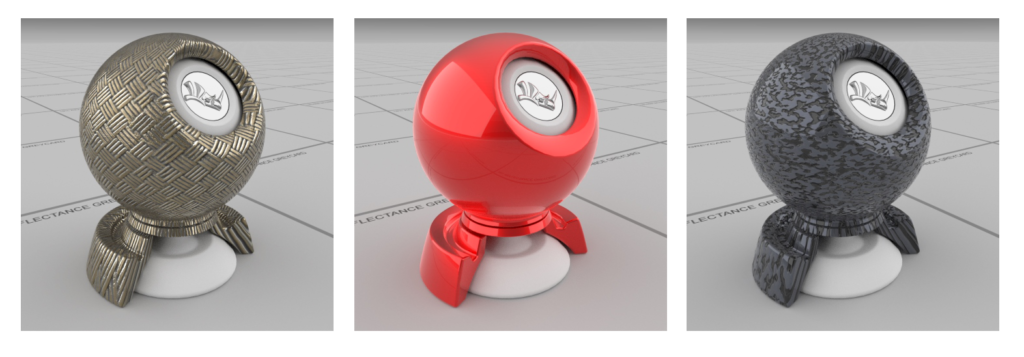design. model. present. analyze. realize.
Rhino can create, edit, analyze, document, render, animate, and translate NURBS curves, surfaces and solids, subdivision geometry (SubD), point clouds, and polygon meshes. There are no limits on complexity, degree, or size beyond those of your hardware.
Uninhibited free-form 3D modeling tools like those found only in products costing 20 to 50 times more. Model any shape you can imagine.
Accuracy needed to design, prototype, engineer, analyze, and manufacture anything from an airplane to jewelry.
Compatibility with all your other design, drafting, CAM, engineering, analysis, rendering, animation, and illustration software.
Read and repair meshes and extremely challenging IGES files.
Accessible. So easy to learn and use that you can focus on design and visualization without being distracted by the software.
Fast, even on an ordinary laptop computer. No special hardware is needed.
Development platform for hundreds of specialty 3D products.
Affordable. Ordinary hardware. Short learning curve. Affordable purchase price. No maintenance fees.
Affordable. Ordinary hardware. Short learning curve. Affordable purchase price. No maintenance fees.


Rhino 7 is the most significant upgrade in our history. Create organic shapes with our new SubD tools. Run Rhino and Grasshopper as a Revit® Add-On with Rhino.Inside.Revit. Use the robust QuadRemesh algorithm to create a beautiful quad mesh from NURBS geometry or meshes. With this release, we’ve unlocked completely new modeling workflows and refined many steadfast features.
Thanks to thousands of prerelease users, we were able to field test and refine Rhino 7, making it the fastest and most stable version ever.


Points, point clouds, point grid, extract from objects, mark (intersection, divide, draftangle, ends, closest, foci).
Line, polyline, polyline on mesh, free-form curve, circle, arc, ellipse, rectangle, polygon, helix, spiral, conic, TrueType text, point interpolation, control points (vertices), sketch.
Through points, through polyline, extend, continue curve, fillet, chamfer, offset, blend, arc blend, from two views, tween, cross section profiles, intersection, contour on NURBS surface or mesh, section on NURBS surface or mesh, border, silhouette, extract isoparm, extract curvature graph, projection, pullback, sketch, wireframe, detach trim, 2D drawings with dimensions and text, flatten developable surfaces.
From 3 or 4 points, from 3 or 4 curves, from planar curves, from network of curves, rectangle, deformable plane, extrude, ribbon, rule, loft with tangency matching, developable, sweep along a path with edge matching, sweep along two rail curves with edge continuity, revolve, rail revolve, tween, blend, patch, drape, point grid, heightfield, fillet, chamfer, offset, plane through points, TrueType text, Unicode (double-byte) text.
Box, sphere, cylinder, tube, pipe, cone, truncated cone, pyramid, truncated pyramid, ellipsoid, torus, extrude planar curve, extrude surface, cap planar holes, join surfaces, region, nonmanifold merge, TrueType text, Unicode (double-byte) text.
From NURBS surfaces, from closed polyline, mesh face, plane, box, cylinder, cone, and sphere.


Delete, delete duplicates, join, merge, trim, untrim, split, explode, extend, fillet, chamfer, object properties, history.
Cut, copy, paste, move, rotate, mirror, scale, stretch, align, array, twist, bend, taper, shear, offset, orient, flow along curve, pull, project, boxedit, smash, squish.
Control points, edit points, handlebars, smooth, fair, change degree, add/remove knots, add kinks, rebuild, refit, match, simplify, change weight, make periodic, adjust end bulge, adjust seam, orient to edge, convert to arcs, a polyline, or line segments.
Control points, handlebars, change degree, add/remove knots, match, extend, merge, join, untrim, split surface by isoparms, rebuild, shrink, make periodic, Boolean (union, difference, intersection), unroll developable surfaces, array along curve on surface.
Fillet edges, extract surface, shell, Booleans (union, difference, intersection).
Explode, join, weld, unify normals, apply to surface, reduce polygons.


Coordinate read-out, floating/dockable command area, pop-up recently-used commands, clickable command options, auto-complete command line, customizable pop-up commands, pop-up layer manager, synchronize views, camera-based view manipulation, perspective match image, configurable middle mouse button, customizable icons and user workspace, customizable pop-up toolbar, transparent toolbars, context-sensitive right-click menu, multiple monitor support, Alt key copy and OpenGL hardware support with antialiasing.
Points, point clouds, point grid, extract from objects, mark (intersection, divide, draftangle, ends, closest, foci).
Takes advantage of macOS user interface conventions.




Design realization requires high-quality 3D models in every phase of design, presentation, analysis, and fabrication. Rhino includes tools to help ensure that the 3D models used throughout your process are the highest possible quality.
Analysis: point, length, distance, angle, radius, bounding box, normal direction, area, area centroid, area moments, volume, volume centroid, volume moments, hydrostatics, surface curvature, geometric continuity, deviation, nearest point, curvature graph on curves and surfaces, naked edges, working surface analysis viewport modes (draft angle, zebra stripe, environment map with surface color blend, show edges, show naked edges, Gaussian curvature, mean curvature, and minimum or maximum radius of curvature).


Grasshopper is a graphical algorithm editor included with Rhino.
Unlike RhinoScript, Rhino.Python, or other programming languages, Grasshopper requires no knowledge of programming or scripting, but still allows developers and designers to develop form generation algorithms without writing code.
photo credits to rhino



High-quality presentations are critical to most design projects.
Features include: Rhino Render, a raytrace render with textures, bumps, highlights, transparency, spotlights with hotspot, angle and direction control, point lights, directional lights, rectangular lights, linear lights, and shadows, and customizable resolution, realtime render preview, realtime render preview selected objects, turntable, export to many common file formats used by renderers, rendering plugin support, settings saved in file.



Every type of physical product design relies on technical illustration and 2D drawing to concisely communicate ideas, specifications, and instructions to people in design, development, and fabrication. Our goal for Rhino was to make it easier to create 2D drawings and illustrations for every discipline in every notation system and visual style used around the world.
Annotation objects include arrows, dots, dimensions (horizontal, vertical, aligned, rotated, radial, diameter, angle), text blocks, leaders, hidden line removal, Unicode (double-byte) support for text, dimensions, and notes. Dimensions in perspective views are supported.



As you may know, the Rhino development project started nearly 20 years ago to provide marine designers with tools for building computer models that could be used to drive the digitally controlled fabrication equipment used in shipyards.
We continue to focus on the fact that designs are only useful once they are built and in the hands of consumers. With the cost of digital fabrication and 3D printing technology dropping quickly, more and more designers now have direct access to 3D digital fabrication equipment.
While we are not experts on all the many fabrication, manufacturing, or construction processes, we do focus on making sure that Rhino models can be accurate enough for and accessible to all the processes involved in a design becoming a reality.



High-quality presentations are critical to most design projects.
Features include: Rhino Render, a raytrace render with textures, bumps, highlights, transparency, spotlights with hotspot, angle and direction control, point lights, directional lights, rectangular lights, linear lights, and shadows, and customizable resolution, realtime render preview, realtime render preview selected objects, turntable, export to many common file formats used by renderers, rendering plugin support, settings saved in file.



Every type of physical product design relies on technical illustration and 2D drawing to concisely communicate ideas, specifications, and instructions to people in design, development, and fabrication. Our goal for Rhino was to make it easier to create 2D drawings and illustrations for every discipline in every notation system and visual style used around the world.
Annotation objects include arrows, dots, dimensions (horizontal, vertical, aligned, rotated, radial, diameter, angle), text blocks, leaders, hidden line removal, Unicode (double-byte) support for text, dimensions, and notes. Dimensions in perspective views are supported.



As you may know, the Rhino development project started nearly 20 years ago to provide marine designers with tools for building computer models that could be used to drive the digitally controlled fabrication equipment used in shipyards.
We continue to focus on the fact that designs are only useful once they are built and in the hands of consumers. With the cost of digital fabrication and 3D printing technology dropping quickly, more and more designers now have direct access to 3D digital fabrication equipment.
While we are not experts on all the many fabrication, manufacturing, or construction processes, we do focus on making sure that Rhino models can be accurate enough for and accessible to all the processes involved in a design becoming a reality.


Robust mesh import, export, creation, and editing tools are critical to all phases of design, including:
Both new and enhanced mesh tools, plus support for double-precision meshes, accurately represent and display ground forms such as the 3D topography of a large city.


Capturing existing 3D data is often one of the first steps in a design project. Rhino has always directly supported both 3D digitizing hardware and 3D scanned point cloud data. Rhino now supports:
3D digitizing support: MicroScribe®, FaroArm®, and ROMER – Windows only.





Digital Quest Sdn Bhd
200901025995 (869097-M)
COPYRIGHT © 2022 DIGITAL QUEST SDN BHD. ALL RIGHTS RESERVED. MADE AND POWERED BY MEDIANETIC DIGITAL.